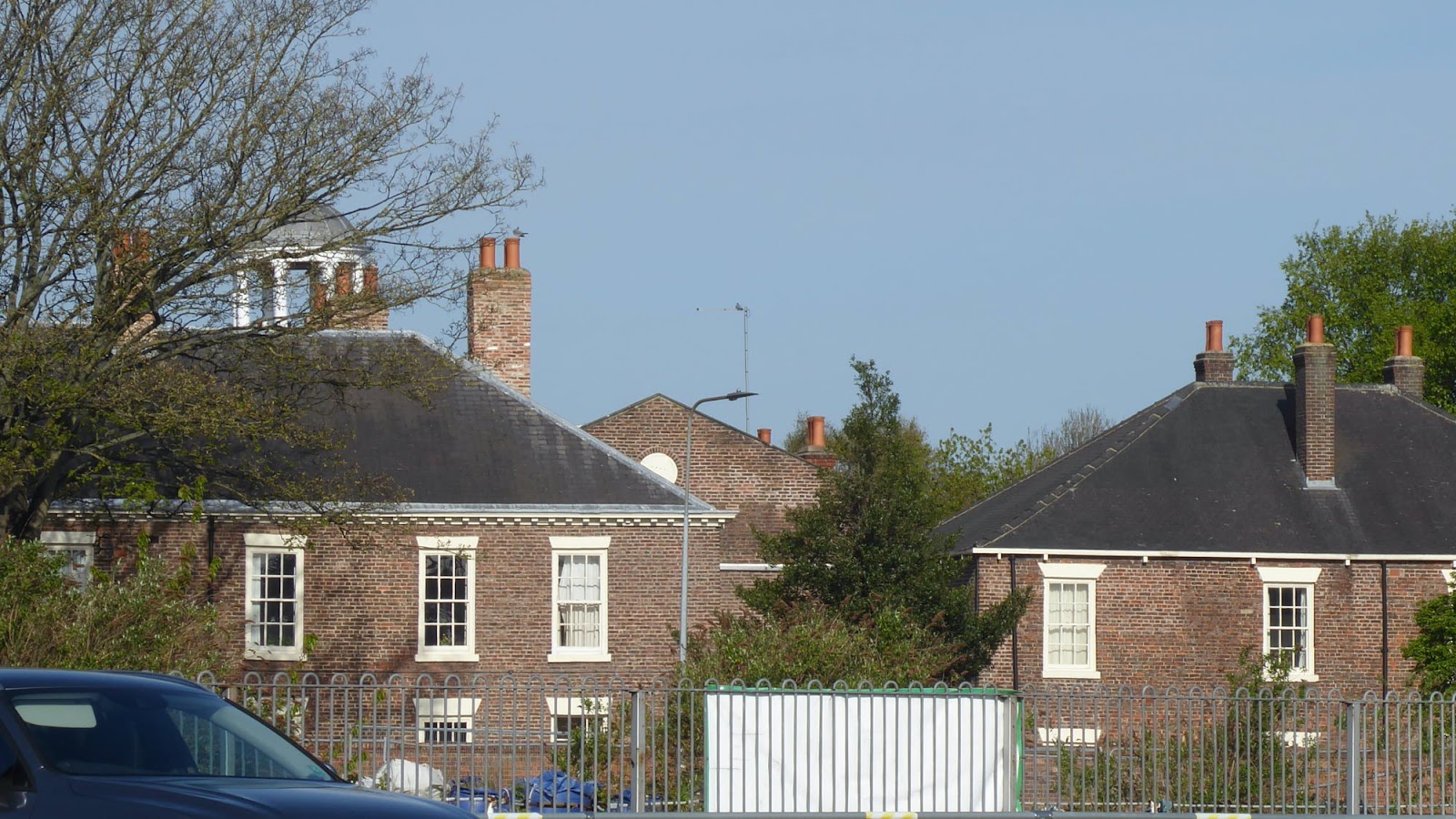It is not uncommon to find people following one or both of their parents in becoming residents of the Charterhouse. Researching one family, however, leaves us with a particular puzzle.
Ruth Ives married James Cluderay in Wortley, Leeds, in 1865. Their 3rd child George William was born there on 6 August 1871. By 1879 they were in Hull where their 4th child was born. James was an engine fitter, and the family had settled at 57 Reform St. Sadly, James died in 1883. By 1891 Ruth was head of a household which consisted of herself and her 4 children, her mother-in-law and 2 boarders. She was working as a machinist and son George was a clerk. One of the boarders was Sarah M Wilkinson, at 19 the same age as George Cluderay. 5 years later George and Sarah married.
In 1901 Ruth was still living at the Reform St address with 2 of her unmarried children, George (who was described as single) and Arthur. George was a "labourer in gas house". In June 1910 she was admitted to the Charterhouse and died in June 1925. And still described as "single", in 1911 George was living alone at 2 Charlotte Terrace, Waterloo St. He was working for the railway company as a goods porter. We lose track of him after that until the 1939 electoral register, when he is in the Charterhouse - with Sarah. We don't know when they were admitted. George died in 1944.
The puzzle, obviously, surrounds the marriage and apparent separation of George and Sarah. Sarah is on the 1901 census as Sarah M Cluderay and married but living with the Branton family and described as their daughter. With her is her baby son Fred M. Fred then disappears from the records but Sarah is still living with the Branton family in 1911.
So what was going on in the Cluderay marriage? Married in 1896, were they together, if only temporarily, in 1900, or was the baby not George's? They were living apart at least as late as 1911. When did they get together again? Sarah lived to be 101, dying in 1972.
Back to Ruth and James and their youngest child, Arthur, born in 1879. In 1903 he married Maria Halley and by 1911 they were living at 6 Spring Grove, Hull. No further record of them is available until the 1939 electoral register, when they were living at 12 Park Rd. At some point after 1948, when the Charterhouse re-opened (we don't have a date) both were admitted to the Charterhouse. Arthur died in 1953, Maria in 1961.
Two generations ending their days in the Charterhouse is not uncommon. But a mother followed by 2 of her children seems to be unique.











